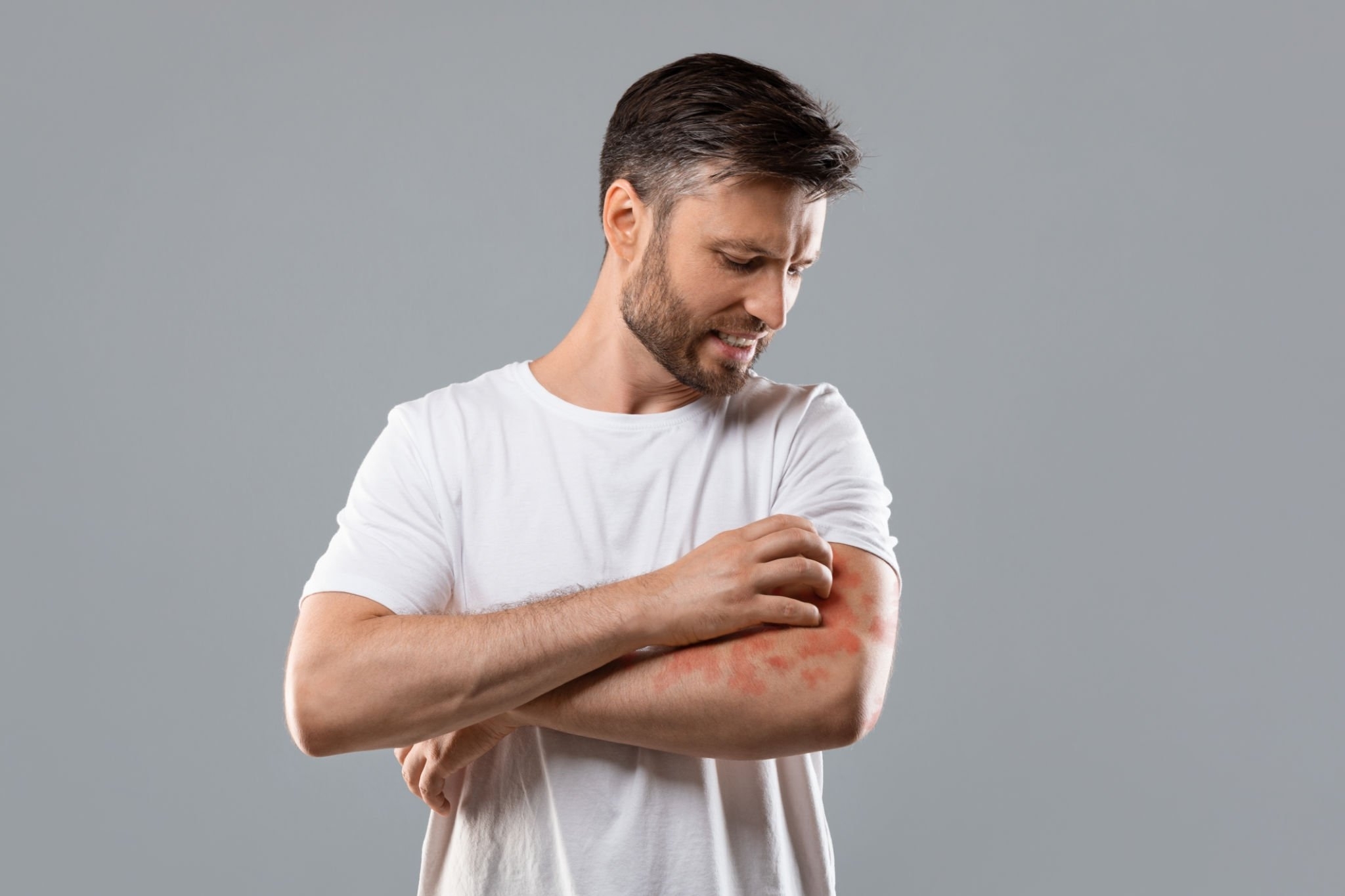Skin Diseases in Children: Understanding and Preventing Common Conditions
The delicate and sensitive skin of children makes them more susceptible to various skin diseases. These conditions can cause discomfort, and pain, and even affect a child’s overall well-being. However, with proper knowledge and preventive measures, many skin diseases can be avoided or effectively managed. In this article, we will explore some common skin diseases in children and discuss strategies for prevention.
1. Diaper Rash:

Diaper rash is a prevalent skin condition in infants and toddlers caused by prolonged exposure to wetness, friction, and irritation from diapers. To prevent diaper rash, it is crucial to change wet or soiled diapers promptly, use mild soaps and fragrance-free wipes, and allow the baby’s skin to air dry. Applying a protective barrier cream, such as zinc oxide, can also provide relief and create a barrier against moisture.
2. Eczema:
Eczema, or atopic dermatitis, is a chronic condition characterized by dry, itchy, and inflamed skin. To prevent eczema flare-ups, parents should maintain a regular skincare routine, including gentle bathing with lukewarm water and mild, fragrance-free cleansers. Moisturizing the skin regularly with fragrance-free creams or ointments helps maintain hydration. Identifying and avoiding triggers such as certain fabrics, allergens, and harsh chemicals can also reduce the risk of flare-ups.
3. Impetigo:
Impetigo is a highly contagious bacterial skin infection commonly seen in children. Good hygiene practices, such as frequent handwashing, can help prevent the spread of impetigo. Parents should teach children to avoid scratching or picking at skin lesions and to keep affected areas clean. Prompt treatment with prescribed antibiotics is essential to control the infection and prevent its transmission.
4. Ringworm:
Ringworm is a fungal infection that manifests as a circular, red, and itchy rash. It can be prevented by maintaining good personal hygiene, regularly washing hands, and avoiding direct contact with infected individuals or items such as combs, hats, and towels. Encouraging children to wear loose-fitting clothes and ensuring they have access to well-ventilated areas can also reduce the risk of ringworm.
5. Sunburn:
Children’s delicate skin is particularly vulnerable to the harmful effects of ultraviolet (UV) radiation from the sun. To prevent sunburn and long-term skin damage, parents should ensure their children are adequately protected by applying a broad-spectrum sunscreen with a high SPF, providing protective clothing, and seeking shade during peak sunlight hours. Educating children about the importance of sun protection and encouraging them to wear hats and sunglasses can also promote healthy sun habits.
Conclusion:
Preventing skin diseases in children involves a combination of good hygiene practices, proper skincare routines, and awareness of potential triggers. By taking proactive measures to protect children’s skin and minimize exposure to irritants and infections, parents can significantly reduce the risk of common skin conditions. Regular communication with healthcare professionals is vital for early identification, diagnosis, and appropriate treatment of any skin diseases that may arise. Together, we can ensure that children have healthy, radiant skin and enjoy a carefree childhood.


